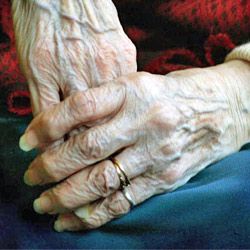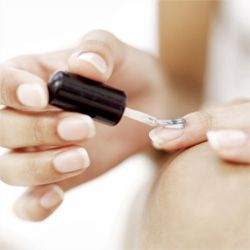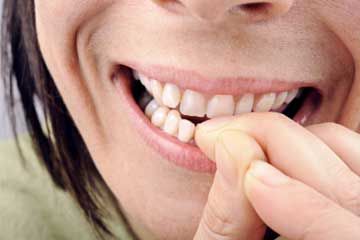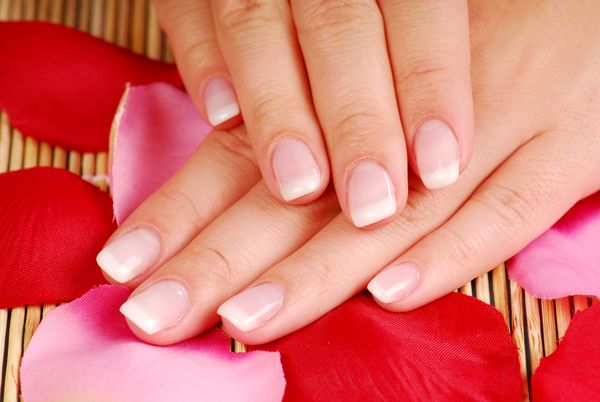A lot of things can go wrong with nails. They can be brittle, pitted, discolored, flaky and ridged, among other common (and unpleasant) abnormalities. But brittle nails can be a natural part of the aging process, and they're often represented by dry, cracking or splitting nails. They may also grow slowly or simply seem weak and easily breakable.
Nail abnormalities may be caused by a relatively minor condition like brittle nail syndrome, which is what it sounds like: excessively brittle nails, often caused by a lack of moisture. They also could stem from a lack of iron or zinc [source: University of Maryland Medical Center]. But nail problems may also be representative of something more severe, such as hepatitis, jaundice, lupus or heart disease. When in doubt, look for basic causes first, such as a fungal infection, a reaction to nail polish or bruising from an impact.
Advertisement
There's ongoing debate about whether brittle nails are caused predominantly by a lack of protein or moisture in the nails. Consequently, most treatments for brittle nails are concerned with one of these two factors. In this article, we'll look at five ways of boosting nail health and learn why a candle may be just what your troublesome fingernails need.






